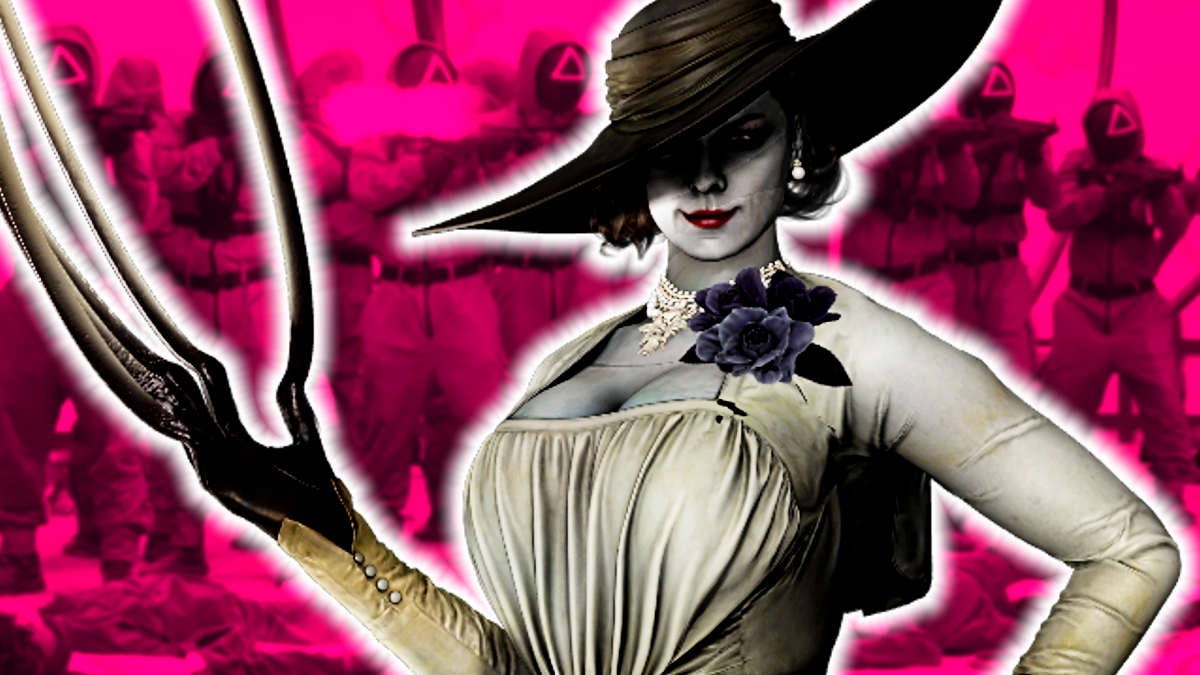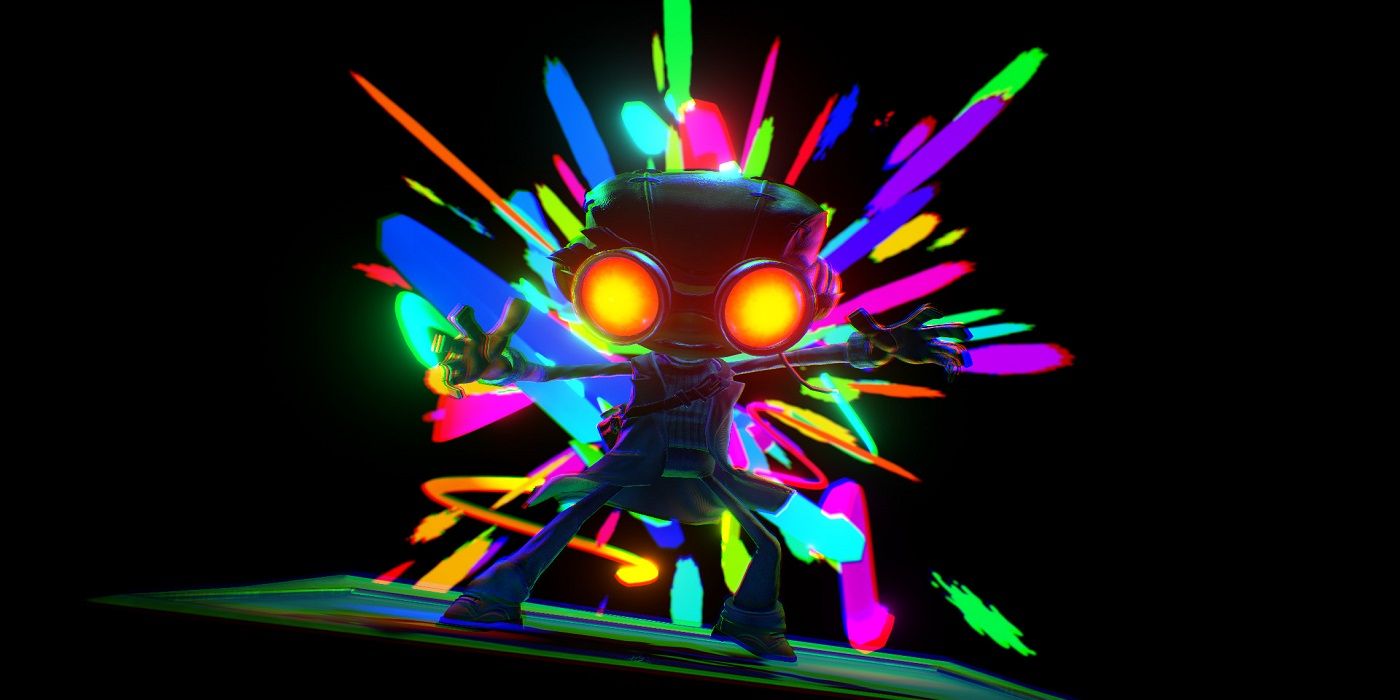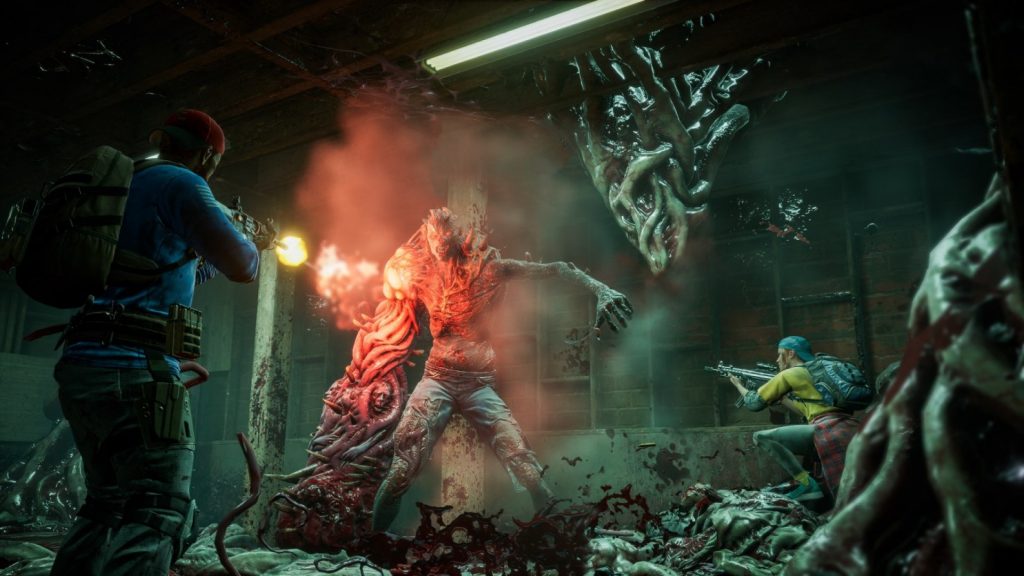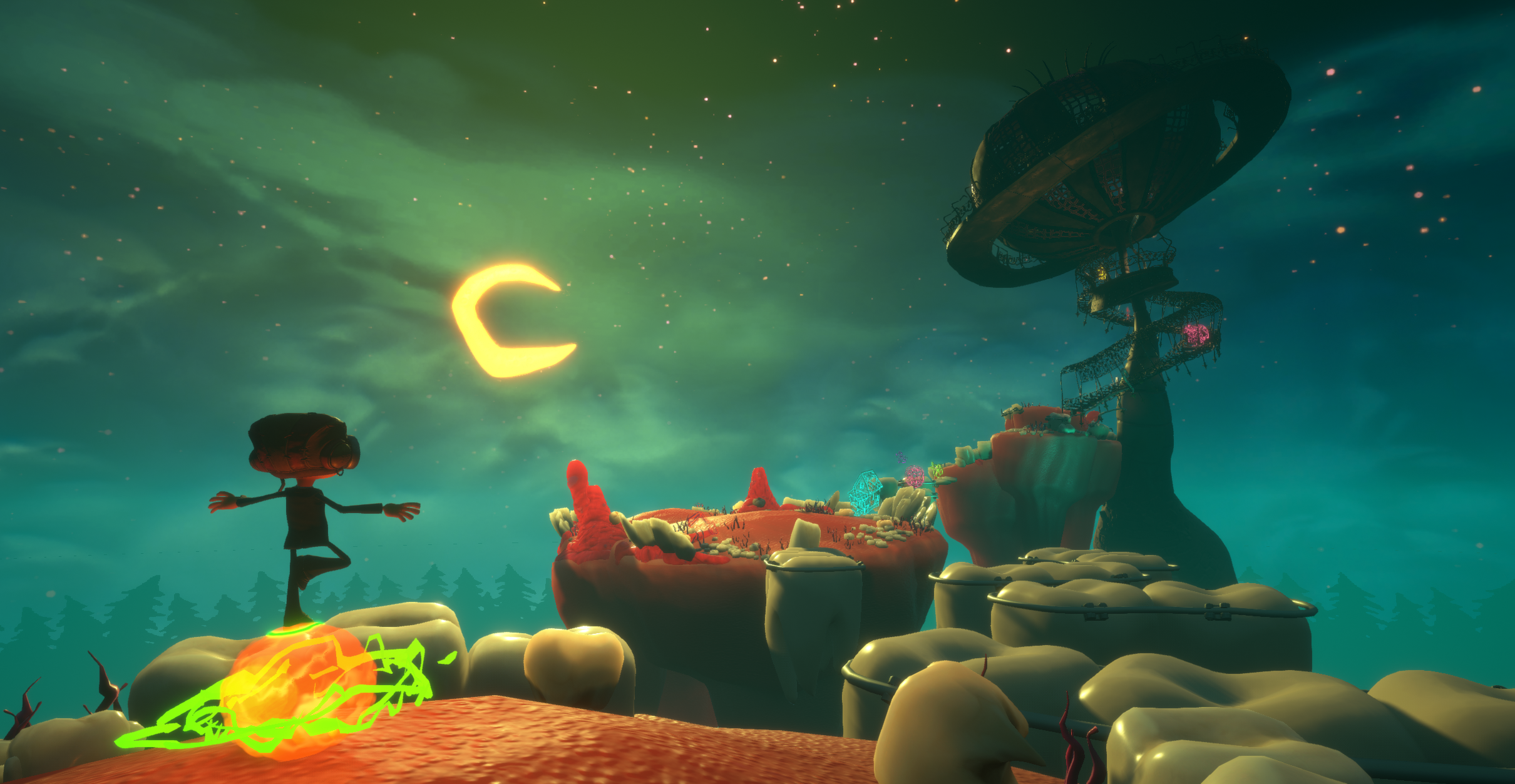
Psychonauts 2 is the first ever sequel from Double Fine, and in some ways, it’s a strange prospect. The original Psychonauts launched back in 2005 to critical acclaim, but was considered a commercial failure. Still, it became a cult classic in the years that followed, which eventually opened the door to an unlikely sequel announcement in 2015. Since then, Psychonauts 2 has gone from being a crowd-funded Hail Mary to one of Microsoft’s biggest new-gen exclusives. After all that waiting, we’re now just one month away from launch, and the long journey is coming to an end.
Recently, I sat down in a roundtable interview with Double Fine head Tim Schafer, senior systems designer Lauren Scott, and art director Lisette-Titre Montgomery to talk about Psychonauts 2. Double Fine is best known for titles like the original Psychonauts, rock-RTS-adventure Brutal Legend, Broken Age, and smaller projects like Rad. Psychonauts is where Double Fine began, though, and the sequel offers the devs a chance to build upon the framework of the game that started it all.
RELATED: Psychonauts 2 Lets Players Toggle An Invincibility Mode For Accessibility
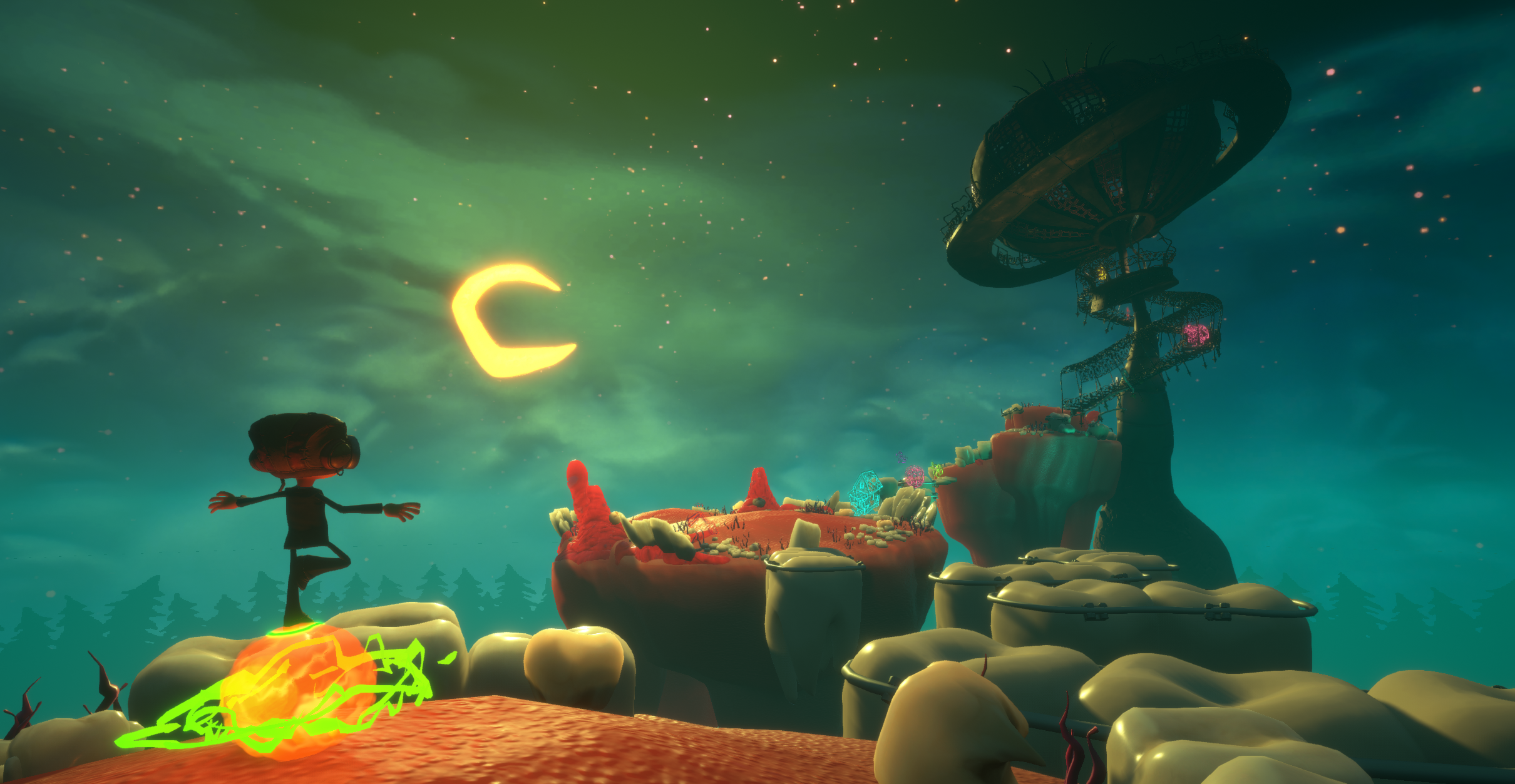
“It was less difficult than I thought it might be,” Schafer says. ”With a lot of games, you tell a whole story from beginning to end and then it's over, and then to do a sequel you feel like you're squeezing a dishrag or something to try to get a little bit more out of it. Psychonauts had these open story questions that we had seeded in the first game, like with the kidnapping of Truman Zanatto. We had dropped these little secrets, like this curse on Raz’s family and all these little things that I had always planned to come back to and answer, and so it was really fun to actually be able to pay off a lot of these little things that we hinted at.”
Psychonauts 2 doesn’t just answer questions from the original game – it builds on them too. One example is the Questionable Area, a new roadside location that resembles an abandoned shack that was clearly made to allow for outdoor exploration similar to the first game. “I think for us, the Questionable Area was really an idea that came from Tim,” Montgomery explains. “He wanted to have this forgotten theme park in the middle of the forest that you could discover. And so for us, it was really fun to explore thematically what could be in this space, and what a cheesy roadside attraction that's abandoned would look like.”
The location bears a heavy resemblance to Disney’s Gravity Falls, but Schafer says that’s coincidental – the main inspiration comes from the real world. “I love Gravity Falls, my daughter and I have watched it, like, four times, but this is really inspired by actual roadside places,” he says. “In California, there's a place called the Mystery Spot. There are a lot of these places that purport to be power vortexes, where there's some anomaly with the magnetic structure that makes all the trees grow crooked and often there is an actual natural phenomenon, and then they build a bunch of optical illusions and cabins around the area and it's a place to lure people, to pull [them] off the road and pay a bunch of money to see it. So this is what happens to one of those places when it goes belly up years later.”
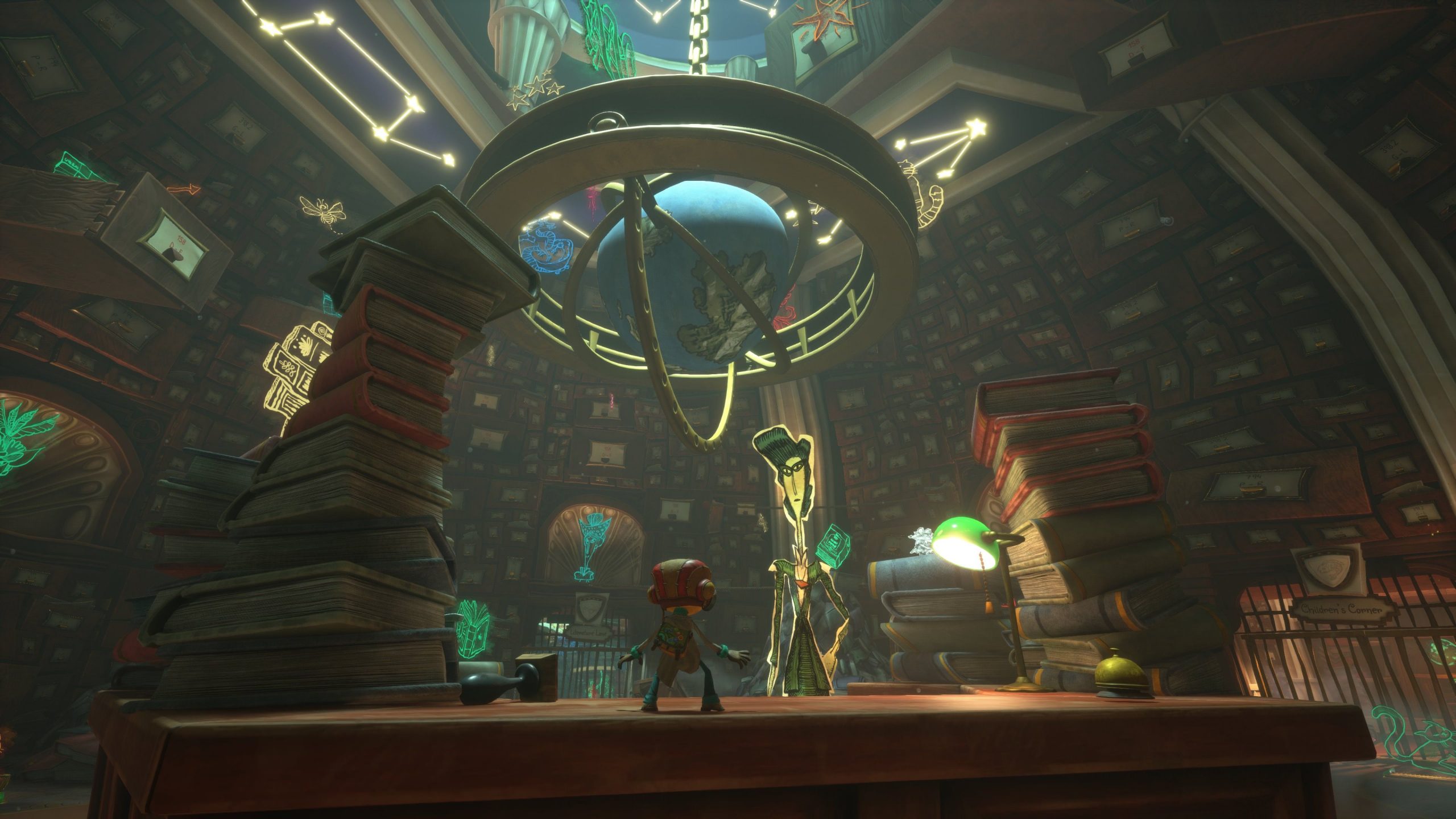
Another key part of Psychonauts’ identity is its humour. Although the series tackles important themes related to mental health with tact, Psychonauts has always been very light-hearted and sharp-witted, something that Schafer thinks more games would benefit from.. “One of the biggest mysteries to me in games is why all games aren't funny, because the stuff you can do is ridiculous,” he says. “I mean, you can jump on someone else's head. It would take a lot more effort for the team and I to make a game that was deadly serious. I think that would just take a lot of work.”
Still, Psychonauts’ exploration of mental health is just as important to Double Fine as the humour, and for the sequel, it’s been focused on even more.
“Luckily there’s a lot of stuff we got right in the first game just because of good intentions, but there was also a lot of stuff that we would do differently,” Schafer says. “So now with the second game, we’re doing a lot more of it with actual intent. Mental health is one of those things that everyone has some contact with because we all have brains. It’s not like trying to research some faraway group of people, it’s right here among us. What we’ve always tried to do is approach characters from a point of view of humanity and empathy. Even with the villains in the game, if you go into their minds you see that a lot of their ‘villainous behaviour’ comes from things that are wrestling inside their minds. Once you go inside someone’s mind, it’s hard not to have empathy for them.”
While the intent to put more focus on respectful mental health depictions was there from the start, Schafer explains that the Xbox acquisition helped Double Fine put more resources and time into it.
“After we joined Xbox, we had more access to more research, more testing, and more mental health facilities since we’re not actually professionally trained ourselves,” he says. “They hooked us up with groups who helped us with testing, consulting, and identifying things in the game that were good representations, but also things that could be improved like avoiding stigmatising language.”
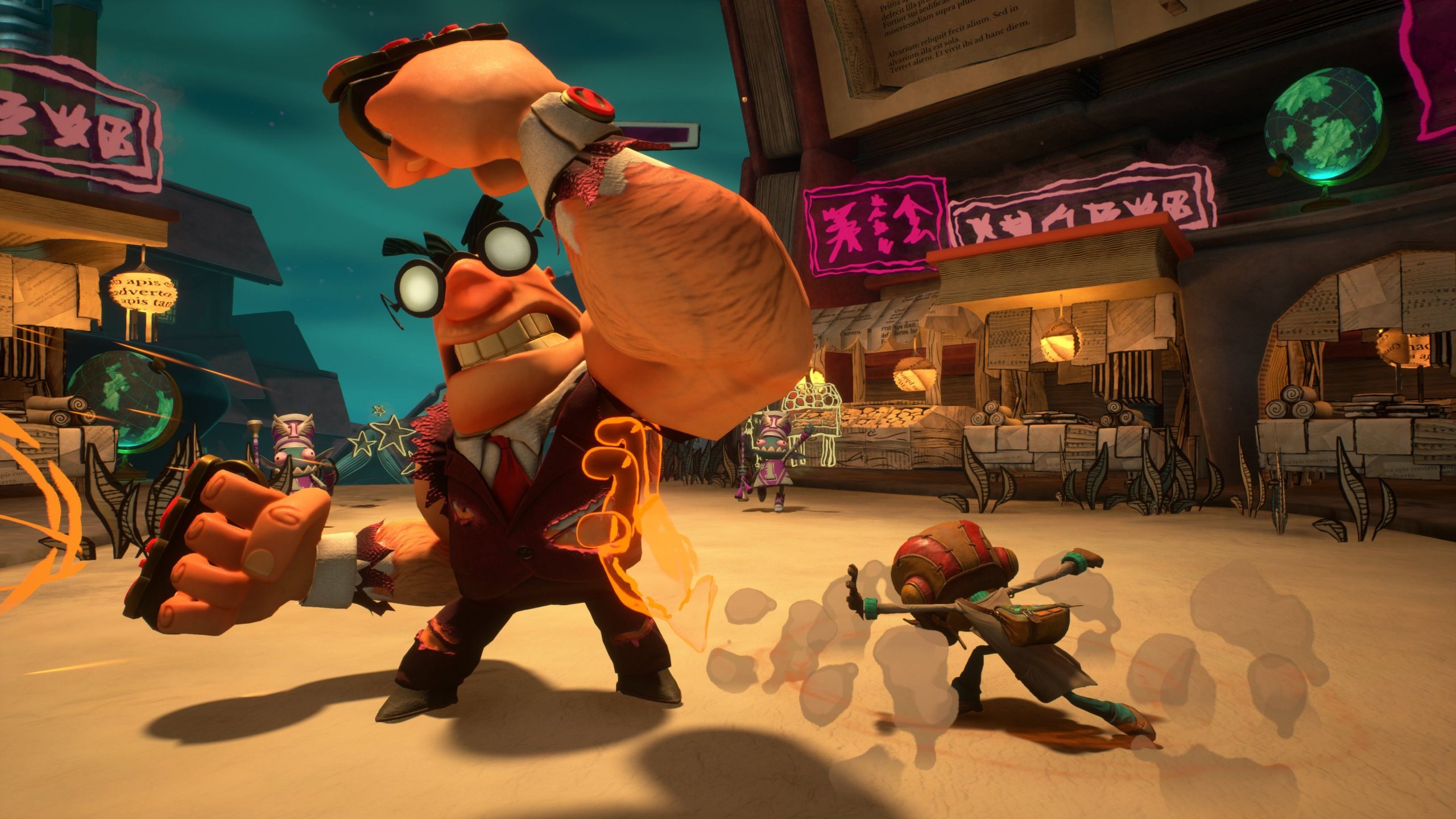
Inclusivity and accurate representation are clearly very important for Double Fine – nowhere is this more apparent than in Psychonauts 2’s wide range of accessibility options such as the new invincibility mode. “We’ve always wanted as many people as possible to play our games,” Schafer says. “There are people who want to experience parts of the game but can’t because of obstacles that we put in the way… there’s no reason to exclude people because of that.”
Senior systems designer Lauren Scott spoke further on the accessibility options. “We have things that maybe you've seen before like being able to invert camera controls or remap controls to make the configuration easier,” she says. “And then we have interesting gameplay assist features to sort of adjust the game according to the experience you want to have. There's a no fall damage toggle, there’s an invincibility mode, and then there’s narrative combat mode, which makes Raz do more damage. There’s a lot of different things to allow players to make the experience more tailored to what they want to see and play.”
NEXT: Psychonauts 2 Preview: Prepare Your Mind
